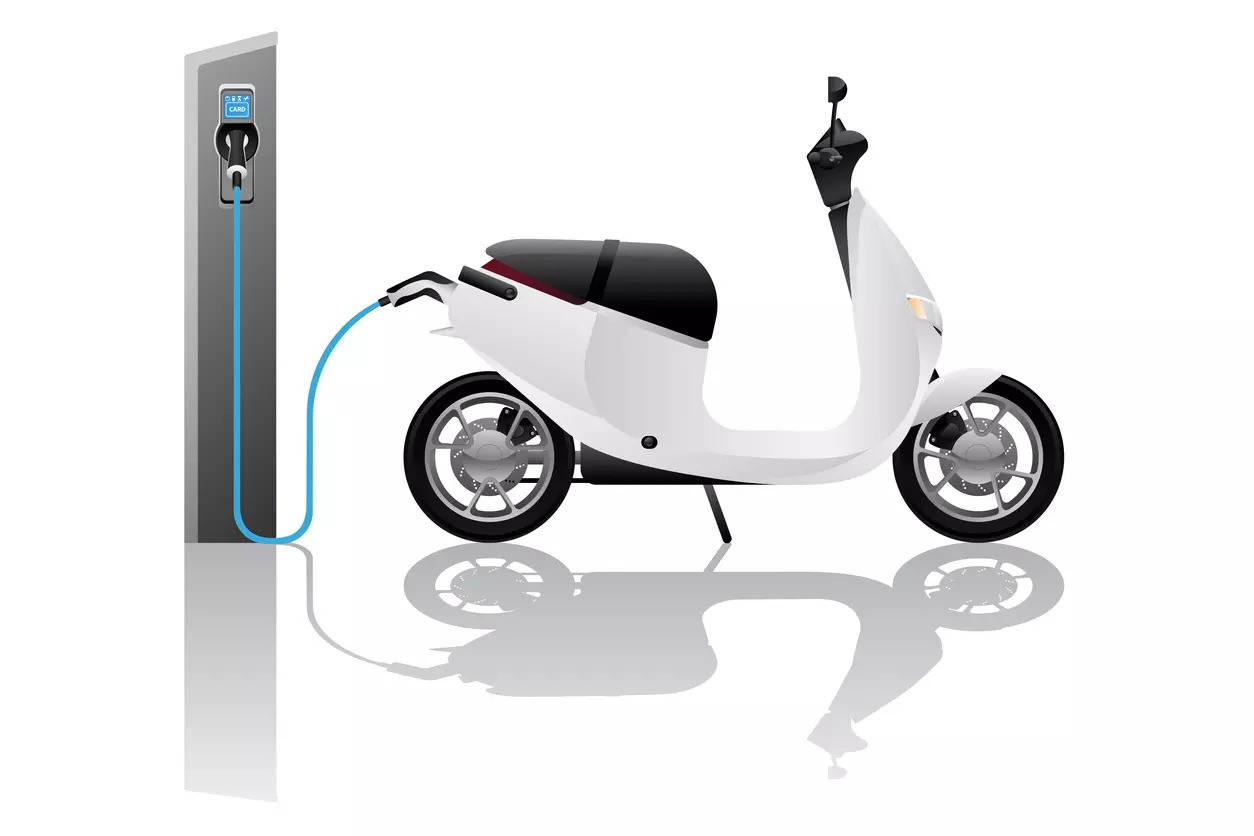
New Delhi: In the dynamic urban landscapes of Asia, two and three-wheelers have transcended their role as mere transportation; they are now integral elements woven into the fabric of city life. Renowned for their affordability, manoeuvrability, and adept navigation of congested streets, these vehicles have emerged as the preferred choice for millions of commuters across the region.
These omnipresent vehicles are poised to play a pivotal role on the global stage in the transition to sustainable mobility. Asia, housing half of the world’s population, is anticipated to spearhead the adoption of electric two-wheelers and three-wheelers (E2W and E3W), heralding a cleaner and greener future for transportation worldwide.
The iconic tuk-tuks have been a staple in South & South East Asia for decades. These three-wheeled vehicles are widely used for short-distance transportation within cities and towns, offering an affordable and flexible mode of travel. Electric rickshaws have gained prominence in Bangladesh. These eco-friendly vehicles provide a clean and affordable mode of transportation for passengers. Taiwan is home to a unique form of three-wheeled scooters, known locally as “sanlunche”, offering efficient transportation in densely populated urban areas.
India, recognised as the world’s largest two and three-wheeler market, stands at the forefront of this electric revolution. The government has set ambitious targets for adoption, aiming to make all new two and three-wheeler sales electric by 2030. This drive towards electrification is propelled by a confluence of factors, including escalating fuel costs, environmental consciousness, and government incentives.
Forecasts indicate that Asia’s E2W and E3W markets are poised to grow at a compound annual growth rate (CAGR) of over 30% and 11% in the coming years. This electric revolution holds transformative potential for urban mobility not only in Asia but on a global scale. By offering a cleaner, more efficient, and sustainable mode of transportation, these vehicles can diminish pollution, enhance air quality, and mitigate the impacts of climate change.
The concept of ‘last-meter mobility’ is a crucial factor influencing the future of worldwide transit, emphasising the final stages or brief-distance movements within transportation networks. These vehicles are instrumental in promoting sustainable transportation on a global scale, particularly due to their effective manoeuvrability on busy urban roads, thereby reducing the environmental footprint compared to traditional internal combustion engine (ICE) vehicles. A groundbreaking element in the evolution of global mobility is the advent of a fuel-agnostic portfolio, representing a substantial stride towards a more sustainable and versatile future in global transportation.
Examples from countries such as China, which has witnessed a surge in the adoption of electric scooters for last-mile connectivity, and Japan, where electric bikes are gaining popularity, showcase the global potential of electric two and three-wheelers. In Indonesia, for instance, the bustling urban centres are witnessing a growing reliance on electric scooters as a practical and environmentally conscious solution for navigating congested city streets.
The convenience, cost-effectiveness, and eco-friendly nature of these vehicles align seamlessly with the evolving preferences of urban commuters. Similarly, Vietnam, with its thriving urban landscape, is experiencing a surge in the adoption of electric two-wheelers. These vehicles offer a practical means of transportation and contribute significantly to reducing the carbon footprint in densely populated cities.
Prioritising global collaboration is crucial for fostering the widespread adoption of electric two and three-wheelers. Emphasising the sharing of best practices, technology, and policy frameworks, alongside advocating increased research and development investments for improved electric vehicle efficiency, affordability, and versatility. Additionally, integrating these vehicles into urban planning, implementing incentives, and focusing on job creation through skill development are vital steps. Community engagement is also essential, especially in regions like India, where transportation is closely tied to lives and livelihoods.
As Asia takes the lead in adopting electric two and three-wheelers (E2W and E3W), the global community keenly observes the transformative impact on urban mobility. The success of the electric transformation in Asia, with diverse examples from China, Japan, Indonesia, Vietnam, and other nations, serves as an inspiring blueprint for regions worldwide. This paradigm shift paves the way for a more sustainable global transportation future as communities worldwide embrace electric mobility solutions’ eco-friendly and efficient attributes.
(Disclaimer: Nagesh Basavanhalli is the Non-Executive Vice Chairman of Greaves Cotton. Views are personal.)

